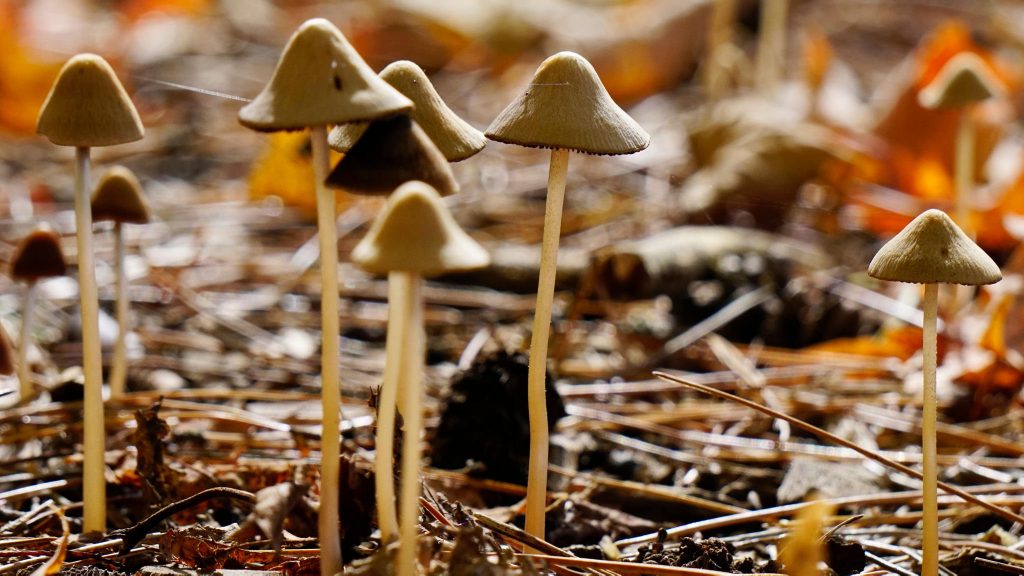Hofmann’s Wish Came True
After 40 years without research, the recent appearance of a pilot study with Lysergic Acid Diethylamide (LSD) in humans, might be interpreted as a positive reinforcement for future attempts to study the role of psychedelics as therapeutic agents. The study of Gasser et al. (2014) was aimed at assaying the possible benefits from the use of LSD as an additive to psychotherapy in the treatment of anxiety associated with life-threatening diseases.
The participants in the double blind, randomized, active placebo-controlled study were recruited from a population of patients diagnosed with a life-threatening disease. The participants were randomized across two-groups and received two therapeutic sessions with LSD (mild-dose placebo-control group; moderate-dose experimental group) in addition to psychotherapy. The patients that were initially assigned to the placebo-control group, were offered the opportunity to participate in a second series of moderate-dose LSD-assisted therapies (open-label crossover group). The most important result from the study was that with each cumulative LSD session, anxiety seemed to reduce in the group that received a moderate dose, but not in the group that received a mild dose. In the latter group, this pattern of reduced anxiety was repeated with the second series of sessions in which the moderate dose was offered to the patients. The benefits of the LSD-assisted sessions seemed to sustain over time. Though methodological adjustments are preferred to improve matters of experimental reliability and validity (as the authors note a larger sample size, a less discriminative placebo, better treatment of secondary disease symptoms to avoid missing data), the reactions of the patients themselves suggest successful clinical guidance during the process of coping with death. Majority reported that they would have preferred more than two LSD sessions and a longer treatment period.
Not only did the study yield promising results about the controversial use of a Schedule 1 listed drug (21 U.S.C. § 812) in a therapeutic setting, the publication also received extensive international media attention (Carey, 2014; Healey, 2014; Connor, 2014) suggesting a regained public interest favoring psychedelic research. While directly after discovery the psychoactive effects of LSD were considered to be of considerable value for experimental research and psychiatric practice (Passie, Halpern, Stichtenoth, Emrich, & Hintzen, 2008), it’s reputation of the past 40 years was mainly that of a dangerous drug (SAMHSHA, 2008). In addition to a recent clinical study done with psilocybin (Grob et al., 2011) , the current study contributes to a refreshed wave that acknowledges the usefulness of psychedelics as an investigational tool for psychiatric research. With the resumption of research into LSD’s therapeutic potential, the researchers hope to have “fulfilled the longtime wish” of the founding father of LSD, Albert Hofmann, as to whom the article is dedicated.
References
Carey, B. (2014, March 4). LSD, Reconsidered for Therapy. The New York Times. Retrieved from http://www.nytimes.com
Connor, S. (2014, March 6). Can LSD ease our fear of death? First scientific study in 40 years shows positive results. The independent. Retrieved from http://www.independent.co.uk
Gasser, P., Holstein, D., Michel, Y., Doblin, R., Yazar-Klosinski, B., Passie, T., Brenneisen, R. (in press). Safety and Efficacy of Lysergic Acid Diethylamide-Assisted Psychotherapy for Anxiety Associated With Life-threatening Diseases. The Journal of Nervous and Mental Disease
Grob, C. S., Danforth, A. L., Chopra, G. S., Hagerty, M., McKay, C. R., Halberstadt, A. L., & Greer, G. R. (2011). Pilot study of psilocybin treatment for anxiety in patients with advanced-stage cancer. Archives of General Psychiatry, 68, 71–78. doi:10.1001/archgenpsychiatry.2010.116
Healy, M. (2014, March 5). First trial of LSD as medicine in 40 years shows promise. The Los Angeles Times. Retrieved from http://www.latimes.com
Passie, T., Halpern, J. H., Stichtenoth, D. O., Emrich, H. M., & Hintzen, A. (2008). The pharmacology of lysergic acid diethylamide: a review. CNS Neuroscience & Therapeutics, 14, 295–314. doi:10.1111/j.1755-5949.2008.00059.x
SAMHSA. Available at http://www.oas.samhsa.gov/ecstasy.htm, 2006. Accessed on 08 March 2014.
U.S. Food and Drug Administration. (2009, June 6). Controlled Substance Act. Retrieved from http://www.fda.gov/regulatoryinformation/legislation/ucm148726.htm
Hofmann’s Wish Came True Read More »

